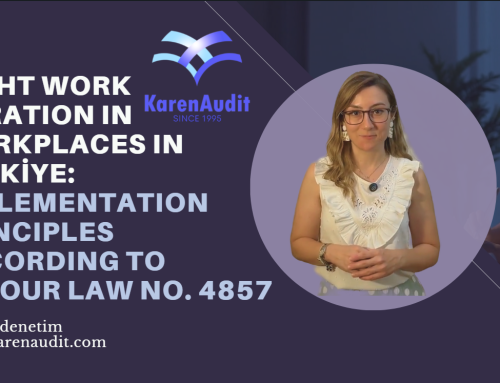October 4, 2022
MANUFACTURING PMI®
The U.S. manufacturing sector grew in September, as the Manufacturing PMI® registered 50.9 percent, 1.9 percentage points below the reading of 52.8 percent recorded in August. “The Manufacturing PMI® continued to indicate sector expansion and U.S. economic growth in September. Of the five subindexes that directly factor into the Manufacturing PMI®, three (Production, Supplier Deliveries and Inventories) were in growth territory. Of the six biggest manufacturing industries, four — Machinery; Transportation Equipment; Food, Beverage & Tobacco Products; and Computer & Electronic Products — registered moderate-to-strong growth in September. The Production Index increased 0.2 percentage point and remained in expansion territory. The Supplier Deliveries Index slowed at a slower rate while the Inventories Index grew at a faster rate, indicating continued easing of supply chain congestion. Seven of the 10 subindexes were positive for the period; a reading of ‘too low’ for the Customers’ Inventories Index is considered a positive for future production,” says Fiore. A reading above 50 percent indicates that the manufacturing economy is generally expanding; below 50 percent indicates that it is generally contracting.
A Manufacturing PMI® above 48.7 percent, over a period of time, generally indicates an expansion of the overall economy. Therefore, the September Manufacturing PMI® indicates the overall economy grew in September for the 28th consecutive month following contraction in April and May 2020. “The past relationship between the Manufacturing PMI® and the overall economy indicates that the Manufacturing PMI® for September (50.9 percent) corresponds to a 0.8-percent increase in real gross domestic product (GDP) on an annualized basis,” says Fiore.
Source: ISM – Institute for Supply Managment
Legal Notice: The information in this article is intended for information purposes only. It is not intended for professional information purposes specific to a person or an institution. Every institution has different requirements because of its own circumstances even though they bear a resemblance to each other. Consequently, it is your interest to consult on an expert before taking a decision based on information stated in this article and putting into practice. Neither Karen Audit nor related person or institutions are not responsible for any damages or losses that might occur in consequence of the use of the information in this article by private or formal, real or legal person and institutions.






